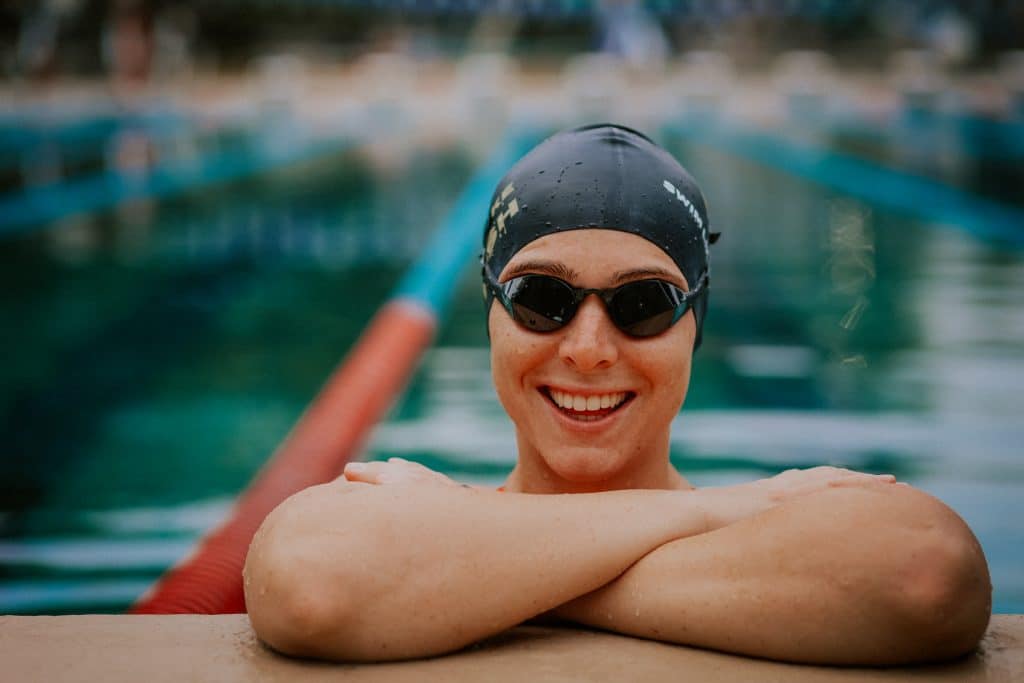Besides physical health benefits like building cardiovascular fitness and muscular strength, swimming can be an engaging social experience. In fact, a previous post highlights how joining a swim club can promote camaraderie and provide you with the motivation to realize your goals, whether you’re swimming to improve your health or compete professionally.
Although these benefits may be convincing enough to first-time swimmers, individuals with poor vision may be more reluctant to try the sport. After all, bad eyesight can hinder your performance and even limit you from maximizing this fun activity. To add, vision impairments like nearsightedness or astigmatism can make it challenging to navigate the water. Considering the myth about swimming being injury-free has been debunked, this means swimming with poor vision can put your safety at risk and result in scratches, scrapes, or bruises.
However, not having 20/20 vision doesn’t mean swimming is completely out of the question. You may consider adopting the following three eye care tips to enhance your vision in the water and take full advantage of the benefits of swimming.
Tip #1: Get an Eye Exam
Before anything else, make sure to get an eye exam with a qualified optometrist to test your current visual acuity and identify what type of vision impairment you have. Aside from allowing you to book an appointment online at your preferred date and time, the LensCrafters website also helps you find the nearest store location for your eye exam.
A typical eye exam takes between 30 minutes to an hour, so clear your schedule to make time for this essential procedure. Since the comprehensive eye exam can detect the presence of eye conditions and refractive errors like myopia, hyperopia, astigmatism, or presbyopia (age-related farsightedness), the doctor can prescribe you the right type of corrective eyewear for swimming and everyday use.
Tip #2: Consider Prescription Goggles
Everybody knows that goggles are essential for protecting your eyes while swimming, but an ordinary pair may not be adequate if refractive errors cause poor vision. Meanwhile, wearing eyeglasses in the water can be impractical and won’t work for most competitive swimmers who breathe with their face in the water.
Fortunately, you can consider getting swimming goggles with prescription lenses for both eye protection and vision correction. Glasses brand Lensmart has released a line of goggles with different designs, materials, and overall fit to suit your performance needs. Aside from letting you choose between flat lenses that provide great forward visibility and curved lenses that combine optimal forward and peripheral vision, these goggles have prescription options to compensate for vision issues.

Even if you can’t afford prescription goggles, you can opt for tinted goggles that can increase visual contrast and color perception underwater. Lens tints can also help reduce light sensitivity, which is common among poor-vision individuals, to make lanes more visible. Some of our favorites are from our friends TheMagic5!
Tip #3: Avoid Contact Lenses
Regardless of the type of swimming goggles you wear, one thing you should completely avoid is wearing contact lenses in the water, especially reusable ones. Research shows that exposing reusable soft contact lenses to any type of water, including chlorinated water in pools, increases the risk of developing an eye infection called Acanthamoeba Keratitis (AK). This rare, yet sight-threatening condition inflames the eye’s outer protective layer called the cornea, so make sure to remove contact lenses before swimming.
Conclusion:
Aside from these these eye care tips, familiarizing yourself with the layout of the pool and hiring a swim coach can also help you swim in a straight line and perform at your best. Overall, our organization, Swim Like A Fish, takes advantage of digital tools like video feedback and virtual swim lessons to improve your swimming techniques, accommodate your specific needs, and help ensure you stay safe and enjoy your time in the water. Sign up for weekly newsletter filled with more tips and tricks like this!
